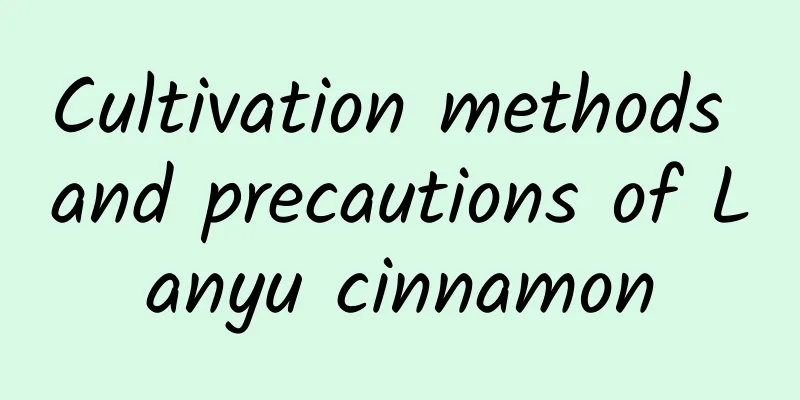Diseases and Pests of American Mint and Their Control Methods

American Mint Pests: Spodoptera exiguasymptomNoctuids are triangular-shaped insects that usually emerge in the evening and at night. Enclosed balconies are less common, and mint grown outdoors is easily invaded by this type of pest. The larvae of American mint mainly harm the leaves. In serious cases, the leaves will be completely wiped out, leaving only the veins, and the growth of the affected plants will stagnate. Prevention and treatment methodsEnsure the maintenance environment is clean and tidy, remove weeds on the surface of the potting soil in time to avoid the accumulation of insect eggs. Ventilate the room in time, but keep the windows open at night to prevent flying insects from entering the house. Spray the pesticide in time, and spray powder during the larval stage and before the morning dew dries. Most pesticides are in powder form, and there are many choices. You can choose a suitable one according to your own situation. American mint rustsymptomAmerican mint is planted for viewing its flowers and eating its leaves. Once mint is infected with rust, rust-colored spots will appear on the leaves, affecting the growth of the plant. In severe cases, the leaves will fall off and it will be difficult for the plant to bloom. Prevention and treatment methodsRust is difficult to cure. As long as rust spots appear on the leaves, it means that the mint is basically only good for viewing and not for eating. However, the affected leaves should be removed promptly to prevent the disease from worsening and infecting other plants. Remove leaves or spray pesticides in time, ordinary fungicides will do, and ventilate in time. But please be careful, once American mint is sprayed, it cannot be eaten casually. You have to wait a long time for new leaves to grow and then pick the new leaves to eat. American mint powdery mildewsymptomPowdery mildew is more likely to occur when plants are planted too densely or the soil is too moist. At first, small yellow spots appear on the leaves, which then gradually expand into circular spots, and white mold appears on the surface of the leaves. When the disease occurs, the back of the leaves is more infected than the front. It affects photosynthesis, interferes with the normal metabolism of the plant, and more importantly, it is inedible. Prevention and treatment methodsBefore sowing, disinfect everything, including the soil, to prevent shoes from carrying germs. Strengthen maintenance, control the amount of watering, and avoid water accumulation; perform appropriate pruning to enhance the ventilation and light transmittance of the plants; increase the application of phosphorus and potassium fertilizers to enhance the disease resistance of the plants. |
<<: Common Pests of Saxifraga and Their Control Methods
>>: Forsythia suspensa pests and diseases and their control methods
Recommend
How to grow Weigela and what to pay attention to
Weigela is a plant of the genus Weigela in the fa...
How to control water chestnuts
The harm of water chestnut Although waterweed can...
How to propagate mint
1. Seed propagation First prepare the potting soi...
Tulip hydroponic method and process, how to grow hydroponically
1. Tulip hydroponic method and process 1. Choose ...
Disease and insect pest control methods of yellow-bracted arrowroot
Sclerotium rolfsii White rot occurs frequently. T...
When is the best time to prune peppers? What are the best times, locations, methods and measures for pruning?
Pepper pruning time During the planting process, ...
What are the functions of spathiphyllum
Feng Shui Effect Chinese Feng Shui culture is pro...
What is the role of the quince
The ornamental effect of Quisqualis The Quisquali...
The difference between Jade Sedum and Thousand Buddha Hands
1. Difference between rhizomes Emerald Sedum is a...
What month is suitable for planting cherries?
When to plant cherries The best time to plant che...
How long does it take for goldfish spider plant cuttings to take root? Which month has the highest survival rate?
Rooting time of goldfish spider plant cuttings Sp...
The difference between layering and cuttings
1. Branch selection Both of these methods are ase...
How to grow petunia
1. Breeding environment 1. Soil: Petunias can be ...
How to propagate the lotus lantern
Preparation for cuttings of the lotus lantern Cut...
What vegetables are suitable to grow after Grain in Ear?
What vegetables are suitable to grow after Grain ...









